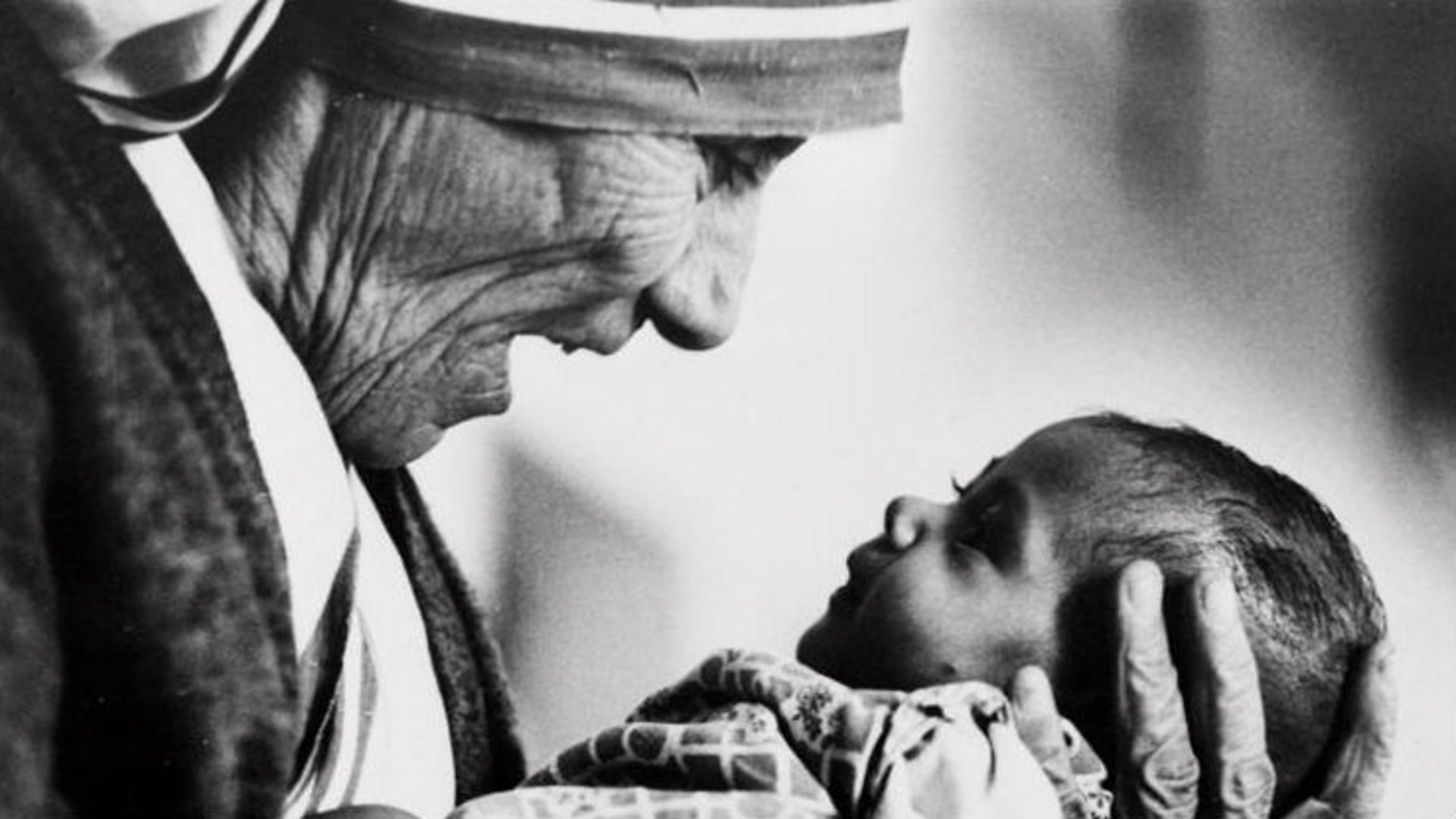The recent killing of Fr. Jacques Hamel by two Muslim extremists has provoked a debate in Europe that has synthesized the question of Islam with the meaning of martyrdom. New York Times columnist Ross Douthat considers the debate in his column of this morning.
He reports two dueling interpretations among Catholics. Here is the conservative one:
To many conservative Catholics, Father Hamel is an archetypal Christian martyr — killed in a sacred space by men motivated by hatred of his faith, dying with the words, “Go away, Satan!” on his lips. To cultural conservatives more broadly, he’s a potent symbol of the jihadi threat to Europe’s peace.
But there is a different interpretation:
But within Catholicism there is also strong resistance to this interpretation. It starts at the very top, with Pope Francis, who has deliberately steered clear of the language of martyrdom — first describing the priest’s murder as “absurd,” and then using one of his in-flight press conferences to suggest that the killers were no more religiously-motivated than a random Catholic murderer in Italy.
Meanwhile, amid calls of “Santo subito!” — “Sainthood now!” – two of the pope’s biographers, Austen Ivereigh and (in these pages) Paul Vallely, wrote essays warning against doing anything that might inflame interreligious tensions or otherwise play into the Islamic State’s bloodied hands.In this narrative, which is also the narrative that many secular Europeans reached for, Father Hamel’s murder belongs not to the old iconography of a church militant under siege by unbelievers, but to the modern vision of a multicultural, multireligious society threatened primarily by ignorance and fear. So the appropriate response is to reassert the importance of religious tolerance, to highlight commonalities between French Muslims and their Catholic neighbors, to create a broad category of “peaceful religion” and cast jihadists outside it.
These interpretations, says Douthat, need not be mutually exclusive:
In theory, it should be possible (for a pope, especially!) to plainly call Father Hamel’s death a martyrdom while also rejecting sweeping narratives about Islamic violence or religious war.
Yet, Douthat ends up questioning the optimism of a certain post-Vatican II liberalism in whose eyes Fr. Hamel’s murder was never supposed to happen.
